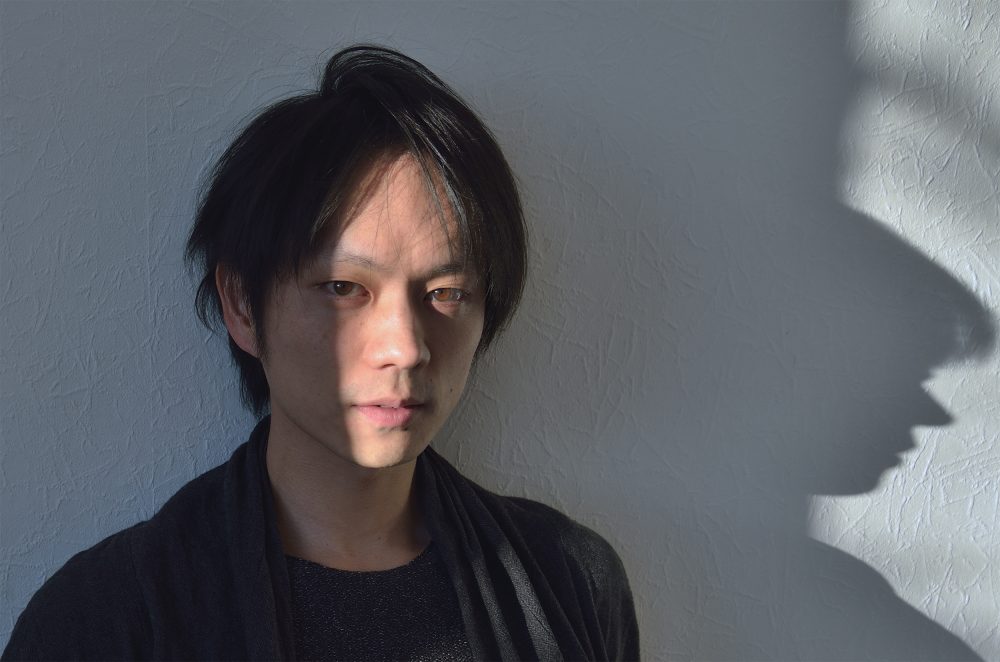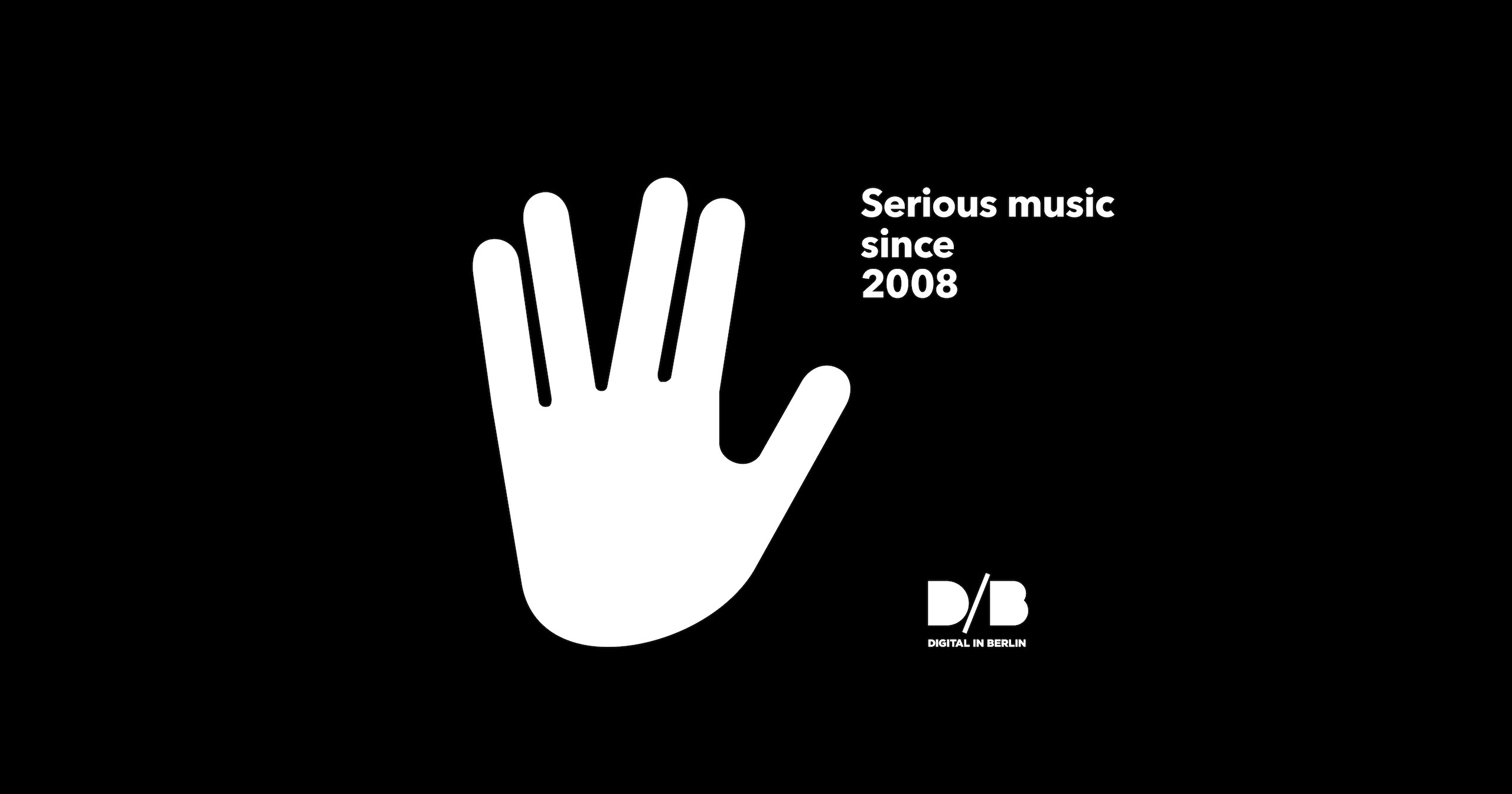Junya Oikawa is a Japanese sound artist/composer based in Karlsruhe as a guest artist at ZKM. He focuses especially on digital sound expression to pursue organic interaction and relationship between space and time, environment and humanity. His works are introduced in various exhibitions, festivals and organizations of contemporary art, experimental music and digital art, such as ARD Hörspieltage (Germany), Bains Numériques (France), Noite Branca Braga (Portugal), Gallerie delle Prigioni (Italy). He was also involved in collaborative work “SONAR” with Mirai Moriyama (actor/dancer) and Jon Filip Fahlstrøm (dancer) for the Dance Dance Dance@Yokohama (Japan).
FACTS:
1: Ichi-go ichi-e: Treasure every meeting, it is once-in-a-lifetime opportunity. (Japanese idiom)
2: Kachō fugetsu: The beauties of nature. (Japanese idiom)
3: Composition of the momentary consciousness.
QUESTIONS:
1. What is the biggest inspiration for your music?
To discover momentum of a specific sound, discipline of time, and acoustic landscape from natural environment, site-specificity of places, and recorded noises. It is an act of redefining music for me, and it comes from my desire to freely interpret and express various sound elements in the state before they become “music.”
2. How and when did you get into making music?
I used to play around in mountains and at the sea since my early childhood to teens. While getting in touch with echoing sound in caves, roar of the wind and sea wave, voices of creatures, I was intuitively experiencing “music”; that is, organic rhythmicity of the sound and state of time that exists in environment. At the same time, I was studying classical piano and Western music theory, and this academic context also had a influence on me to understand and play the music along with notes. During my late-teens I had been a guitarist in a rock band for several years. After that, I entered a music university in Japan to study music and sound design. With my interest toward various sound expression from traditional composition methods, stereophonic effect, programming, to other fields such as Jungian psychoanalysis, Japanese garden, and the theory of relativity, I created my works using recorded noises/ sounds and my voice. Then I proceeded to the graduate course in an art university and studied contemporary art such as public art, photography, performance and drawing, to deepen my sound expression from more complex perspectives through the practice of creative activities in other areas besides music.
3. What are 5 of your favourite albums of all time?
World Music Gala Collection 100 (1992)
György Ligeti / Edition Vol 5 – Mechanical Music (1997)
Denis Dufour / Terra Incognita (2002)
Värttinä / iki (2003)
Dir En Grey / Uroboros [Remastered & Expanded] (2012)
Also Maria w Horn’s ‘Kontrapoetik’ is a new favourite.
4. What do you associate with Berlin?
Diversity. People with diverse backgrounds and values live in the area, which makes art and creative activity routinely prevalent, forming mature social environment in addition to the historical memory of the place.
5. What’s your favourite place in your town?
I’ve been living in Karlsruhe since 2011. I like my studio in ZKM as well as nature park and small streams.
6. If there was no music in the world, what would you do instead?
I would seek the way to communicate with various creatures and things in nature.
7. What was the last record/music you bought?
Shintaro Mieda – Orquesta de la Esperanza (2015)
8. Who would you most like to collaborate with?
Spatial architect, physicist/scientist who specialize in quantum mechanics.
9. What was your best gig (as performer or spectator)?
As a performer, I’d like to talk about my live-installation solo-show. It was held at the Japanese garden in a historic temple called Honen-in in Kyoto, which was relocated to its current place in 1687. I installed sound installation outside, merging environmental sound and transformed voice using special surround system. I also did the electric guitar performance, where I developed the way of expression to let multiple layers of sound transform themselves in real time to harmonize with specific environment, in an organic way.
10. How important is technology to your creative process?
It is important as a medium to specialize my ideas and concept into methods, to “communicate” with an environment, and also to incorporate sound into our society and lifestyle. I apply technology to my sound design, production of stereophonic space, sound analysis and montage, and to my art works using sensors in order to connect environment and people. It can be termed as part of my body/mind, to cut and sculpt recorded noises, or to observe sound features as if to look through a microscope, capturing the transformation of sound and time in a tactile way. As Bauhaus had encouraged an idea of advanced life for better lives by combining leading-edge technology of the time, product design, architecture, various theories and medium, I think digital sound expression and technology are the key contemporary media, which allow me to make a cross-cutting approach to influence human mind/consciousness, with its “immaterial functionality.”
11. Do you have siblings and how do they feel about your career/art?
Yes, I have a young sister. After completing M.A. in the Art Management, she worked in classic concert section at a TV production company. Currently she’s working for the Japanese Philharmonic Orchestra in management section. She appreciates my career, and although it’s not easy to describe her all about my sound style, we enjoy sharing today’s music tendency in each of our fields. It’s always inspiring to discuss music from the perspective of traditional music and function of music today.
vimeo.com/188527785
Oikawa’s new sound installation is currently exhibited at The Design Museum | Pinakothek der Moderne in Munich, for “REFLEX BAUHAUS. 40 OBJECTS – 5 CONVERSATIONS” from 8th February 2019 until 2nd February 2020.
Photo © Junya Oikawa

